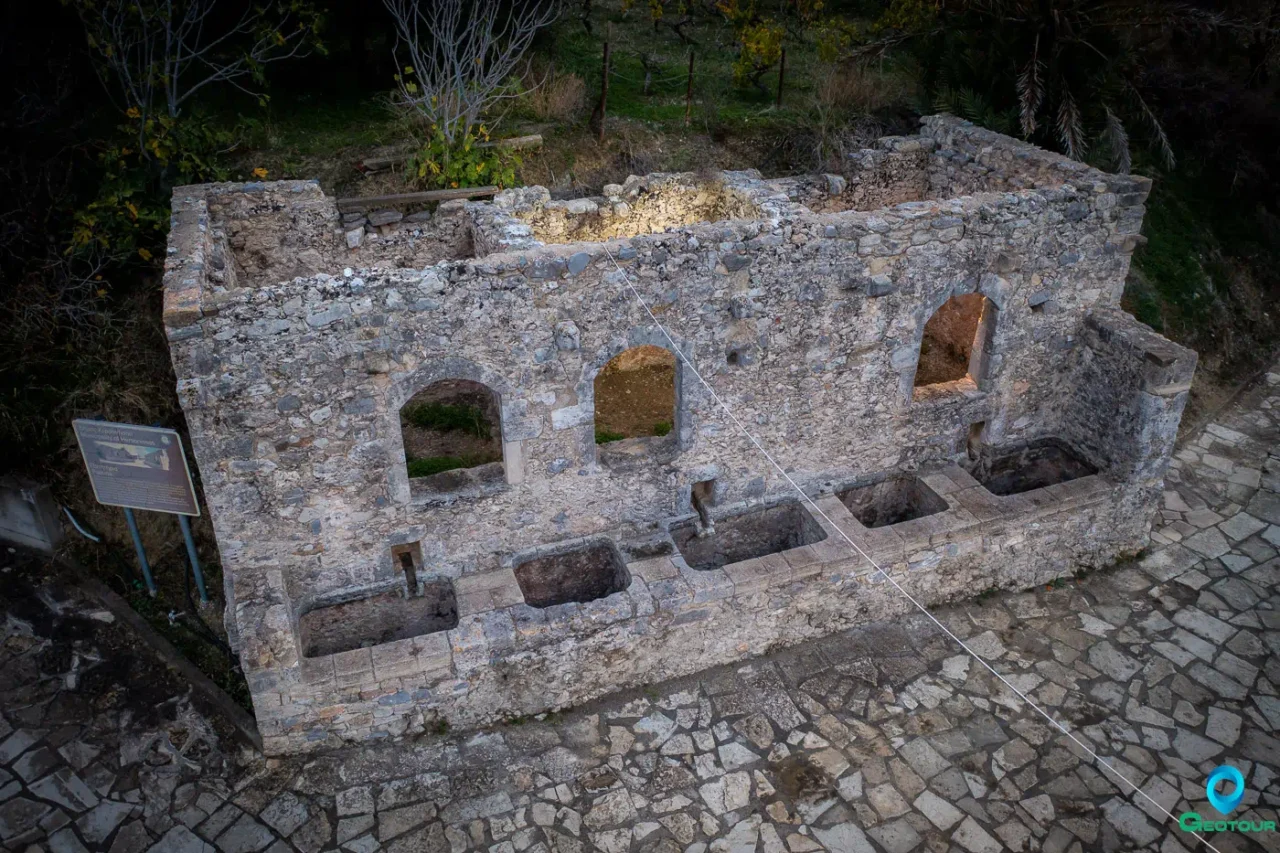
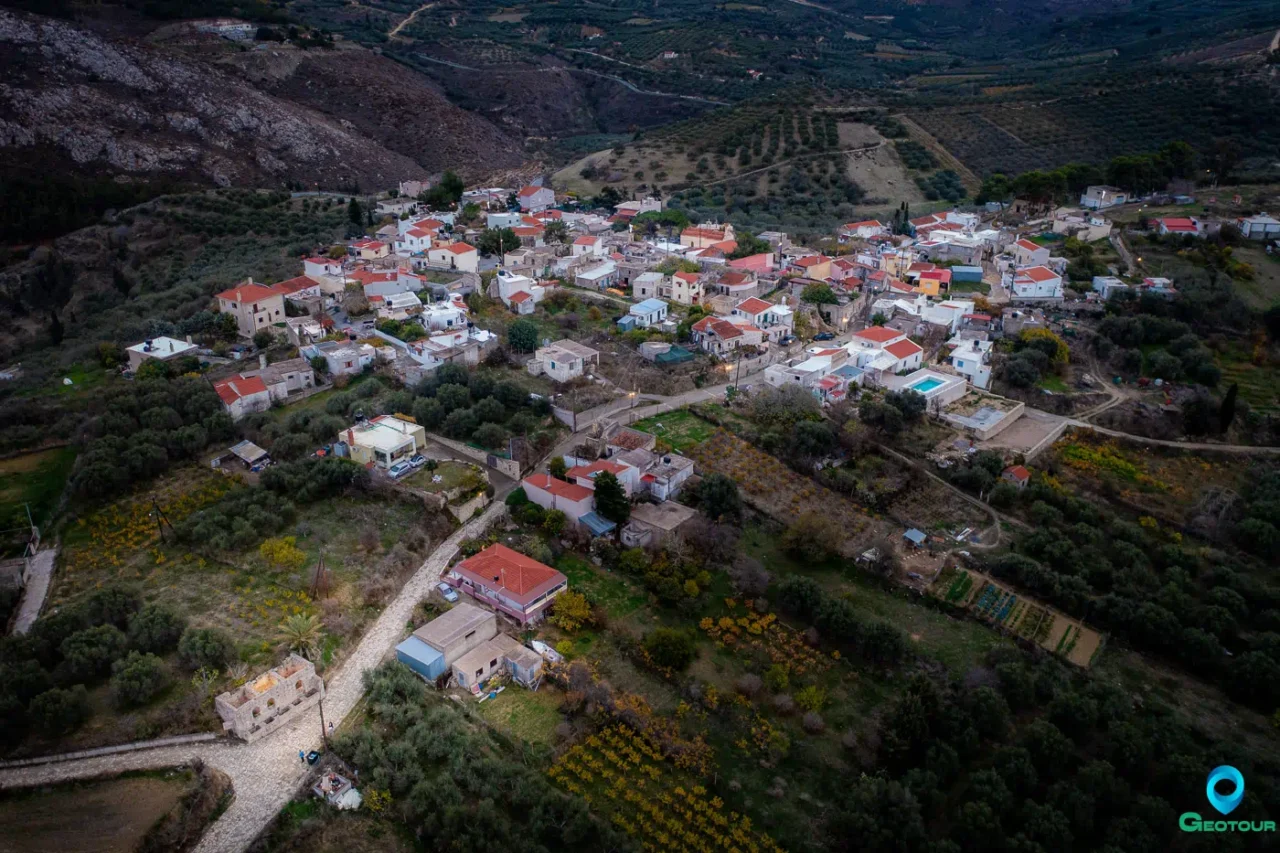
Kainourgio Chorio is a village and the seat of the namesake community in the Municipality of Hersonissos in the Heraklion Regional Unit of Crete. The village’s name translates to “New Village,” but contrary to its name, it is a very old settlement, possibly dating back to the Second Byzantine period (961-1204). It is situated at an altitude of 220 meters and is 18.5 kilometers from Heraklion and 4.8 kilometers from the coastal village of Gournes.
The village’s economy is primarily based on agriculture, with viticulture, olive cultivation, and animal husbandry being the main occupations of its residents.
Historical Significance
Kainourgio Chorio is mentioned in Venetian censuses as early as 1583. In the late 14th century, it was a fief of the Venetian Rosa Sagredo, and in the final years of Venetian rule, it came under the ownership of the Foscolo family, a Veneto-Cretan family. The Foscolo Tower, a fortified residence belonging to Andreas Foscolo, still stands today. The tower underwent modifications during the Ottoman occupation, possibly being converted into a bathhouse. Its upper part survived until 1926 when it was destroyed by an earthquake.
The village also houses the two-aisled church of Panagia and Agia Paraskevi. Fragments of frescoes from the Venetian period are preserved in the church’s sanctuary. In the past, it served as the village’s cemetery church before the cemetery was relocated outside the village during the interwar period.
Other notable historical landmarks include well-preserved Venetian wine presses, some of the largest in Crete, and a Wine Museum donated by Ioannis Papadakis. The museum’s basement functions as a cellar storing barrels of various wines, and it also showcases wine production facilities preserved from the Venetian era. Additionally, the museum features a small exhibition space with woven fabrics and a traditional loom.
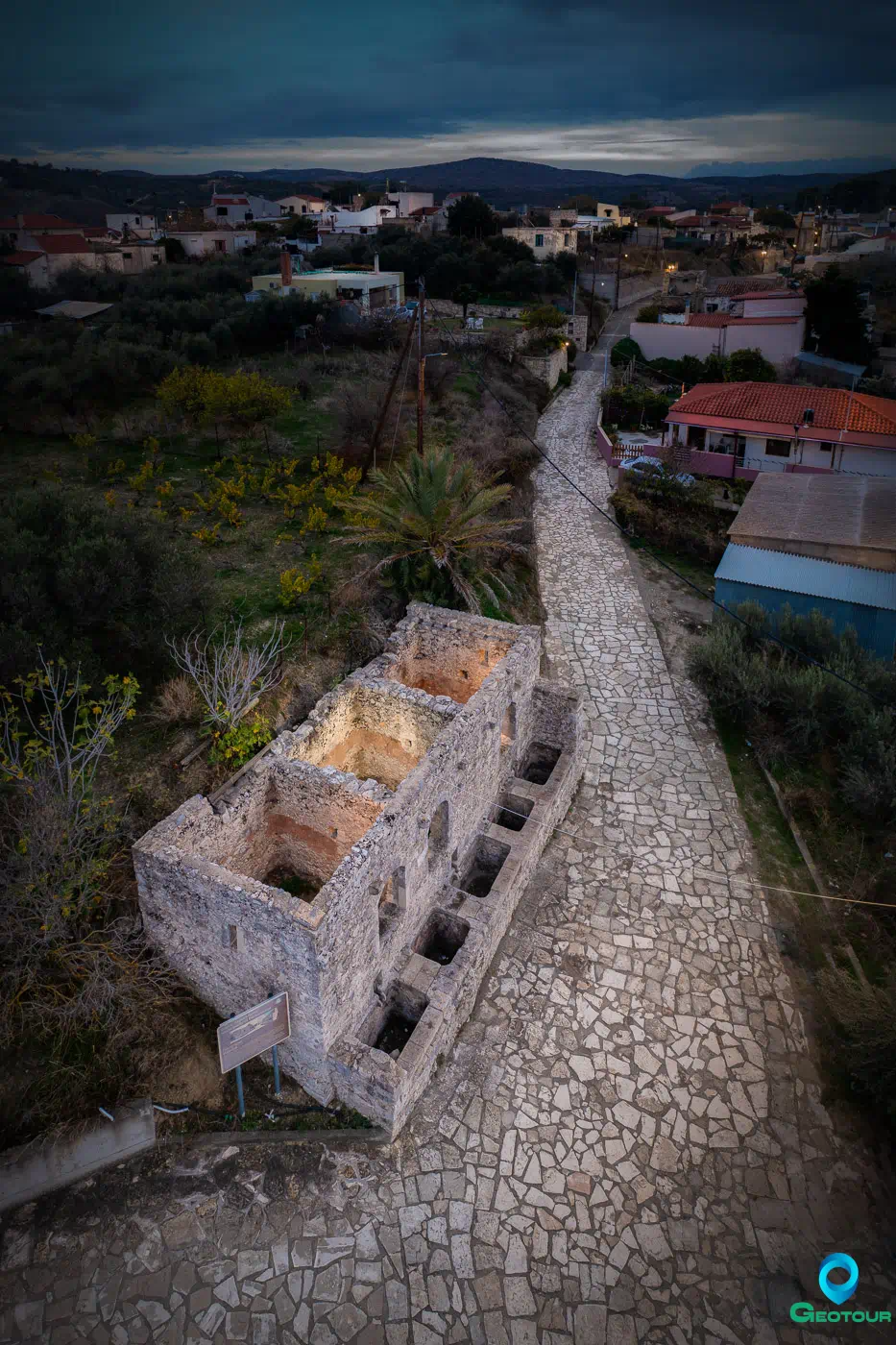
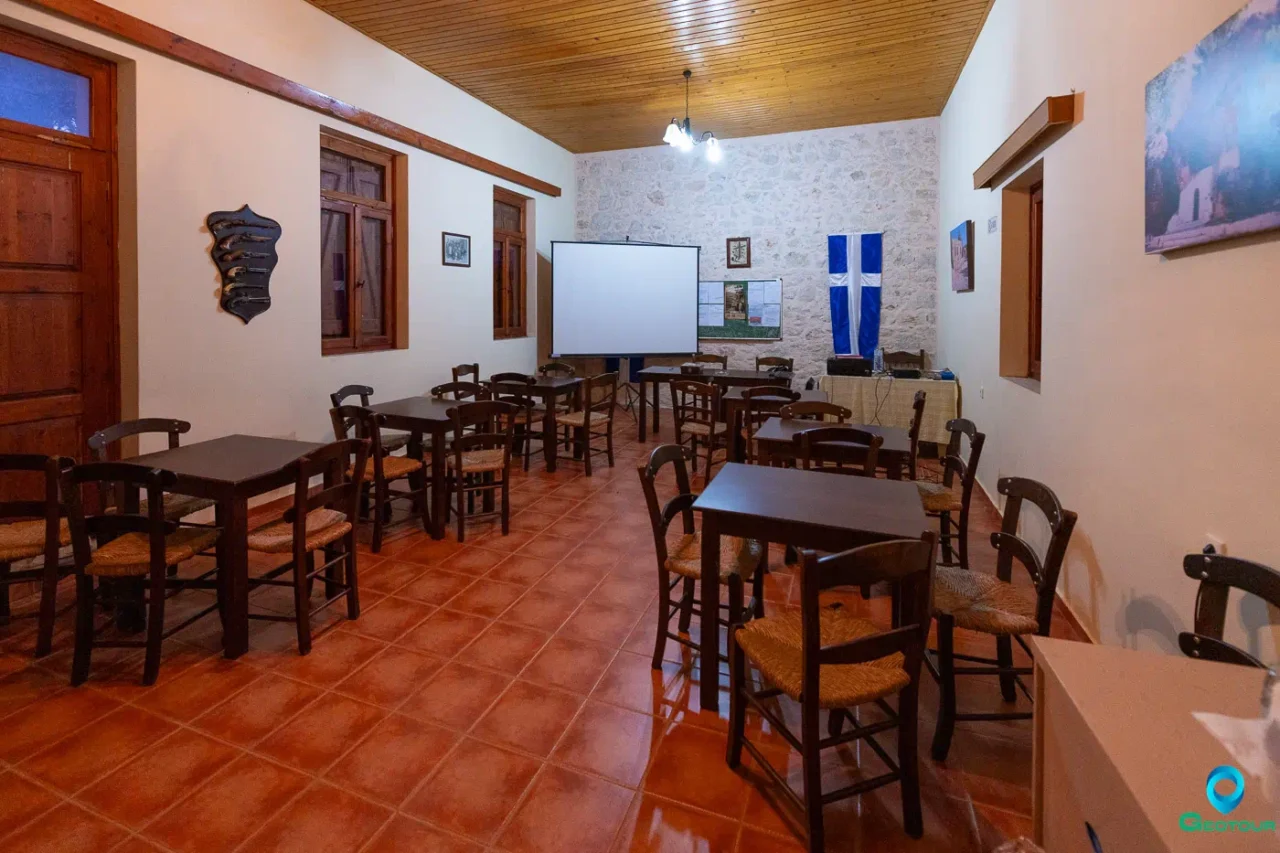
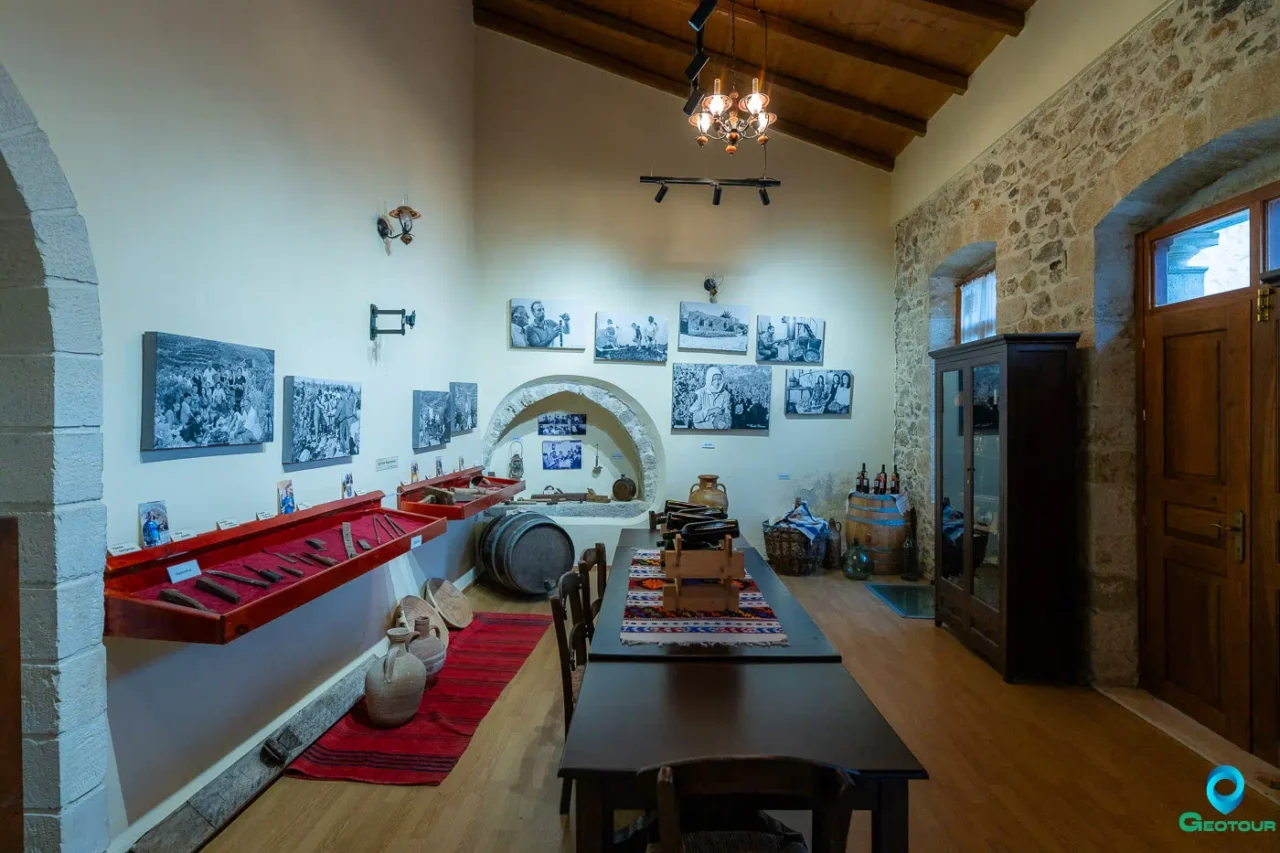
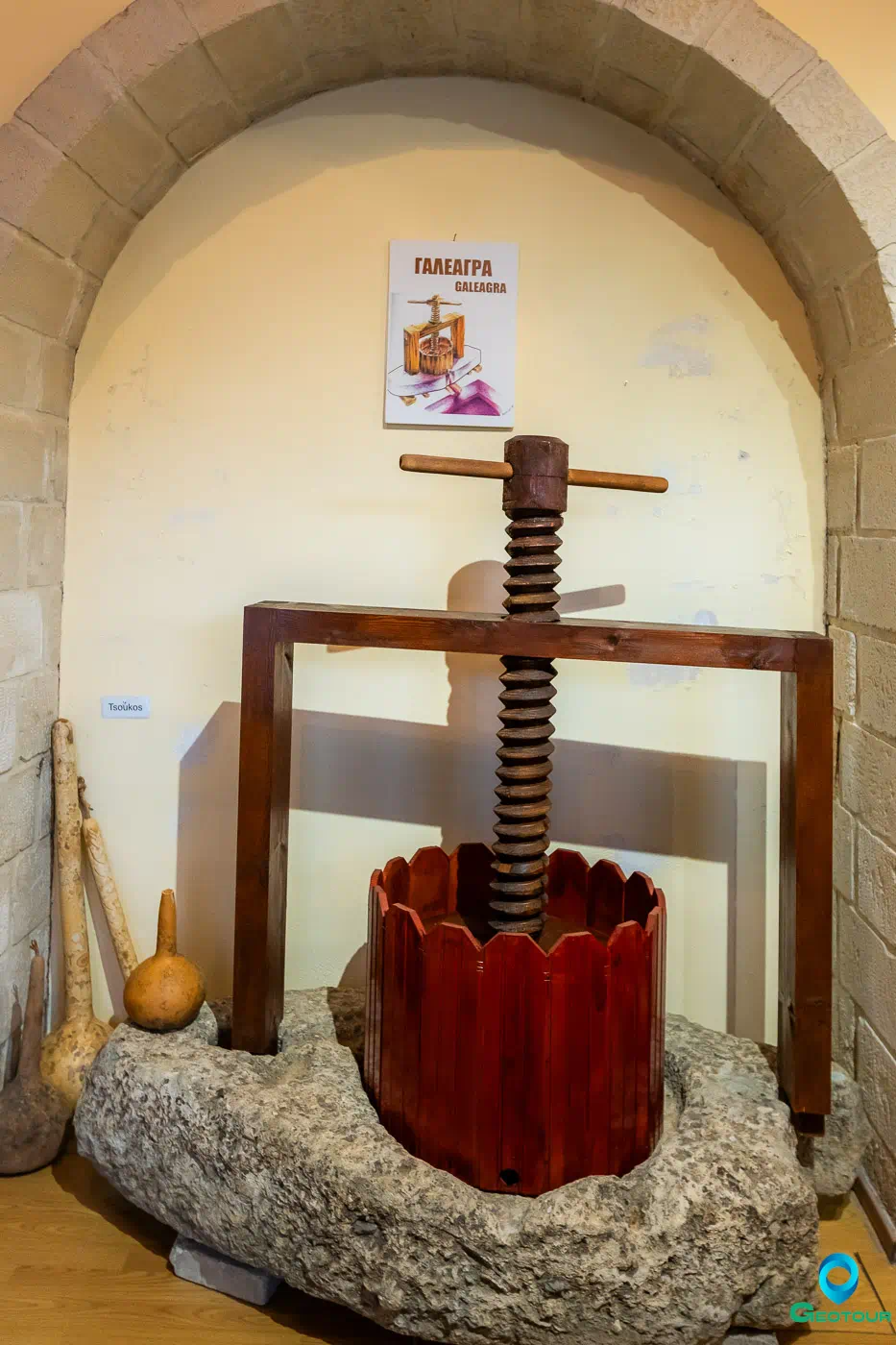
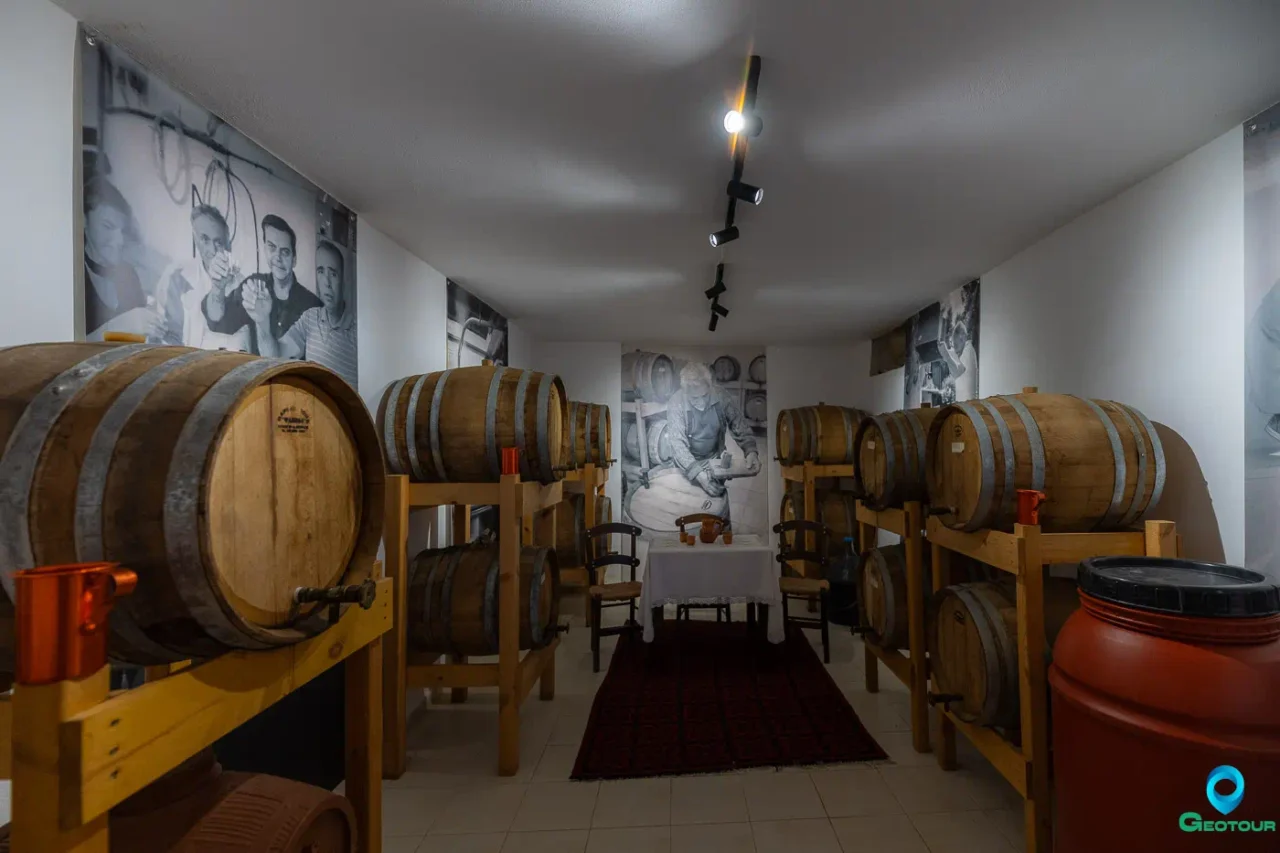
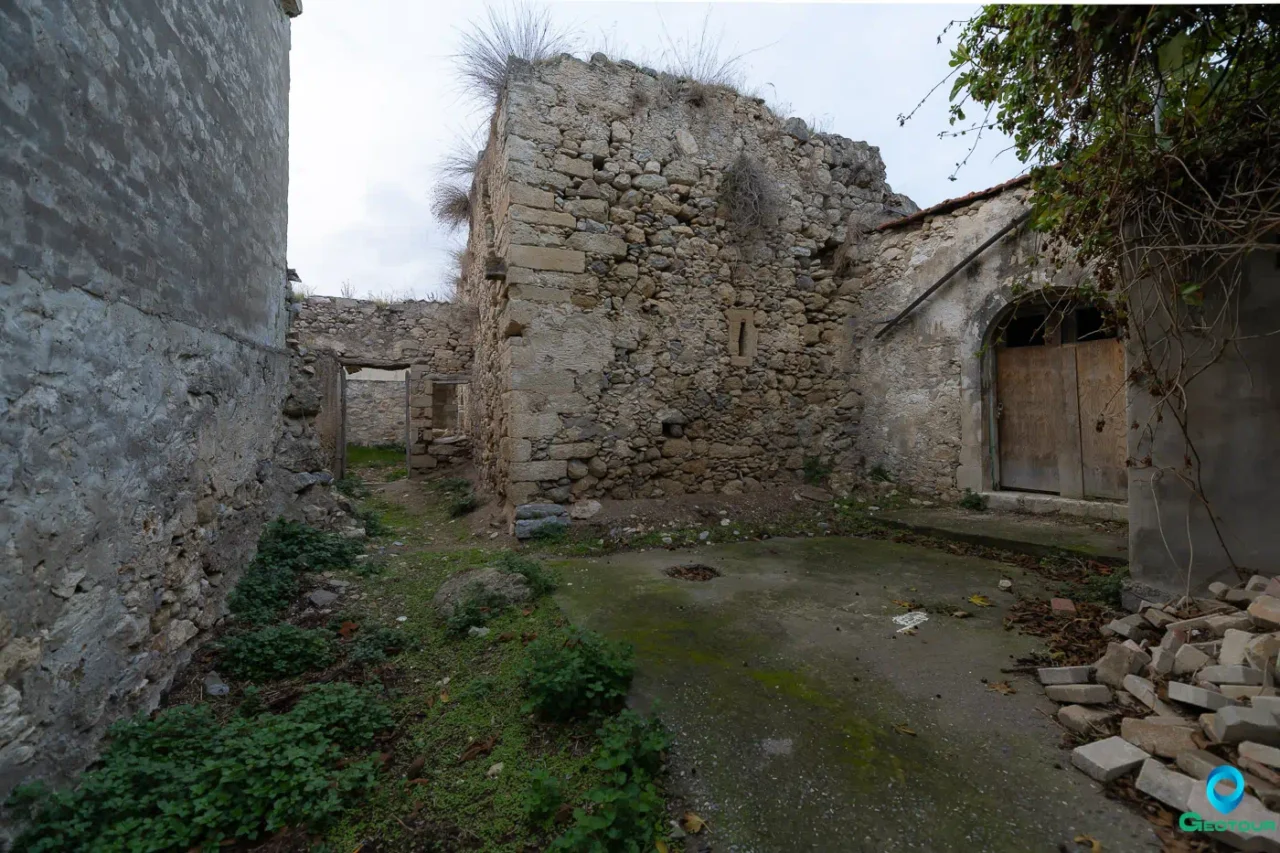
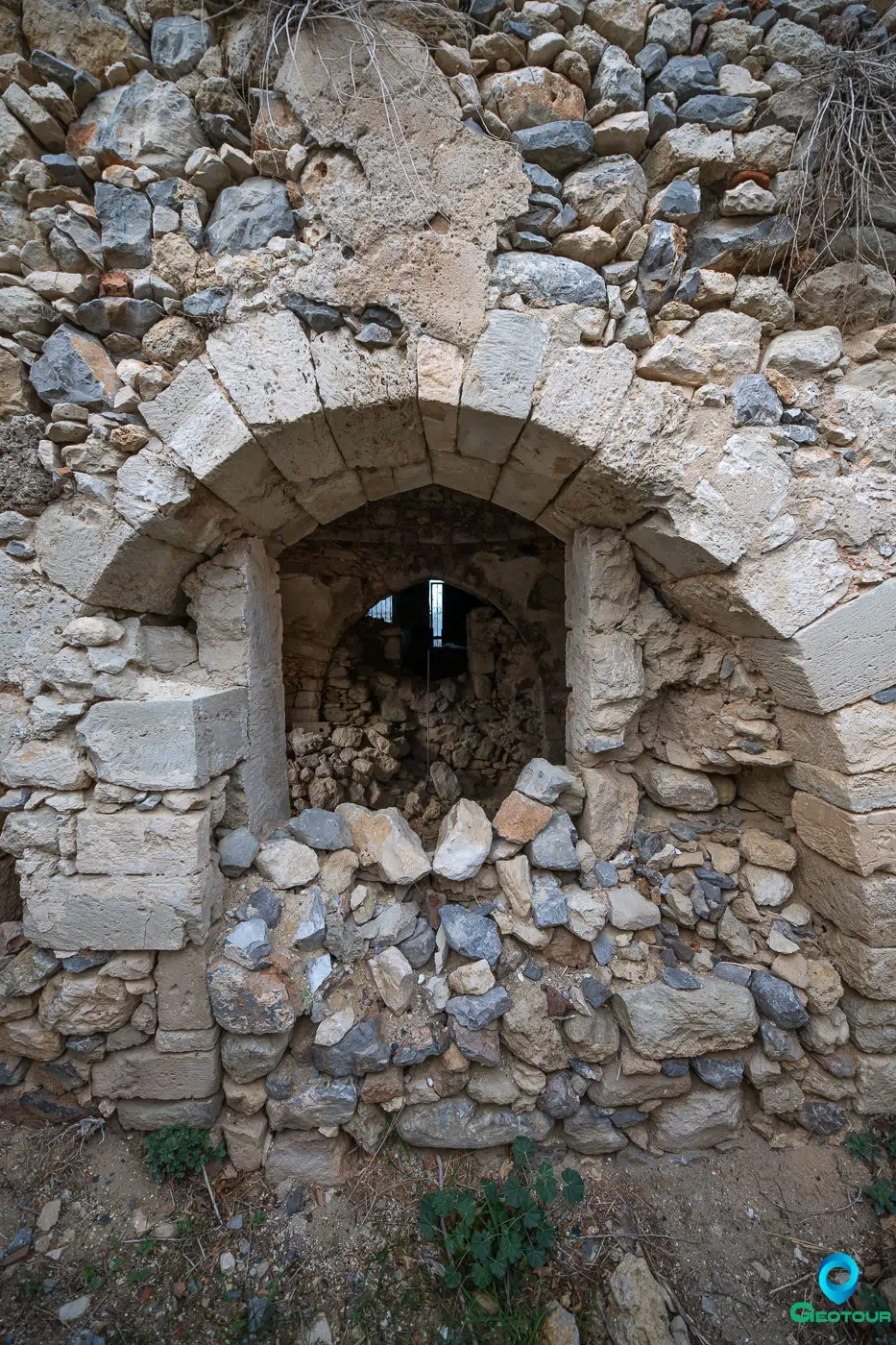

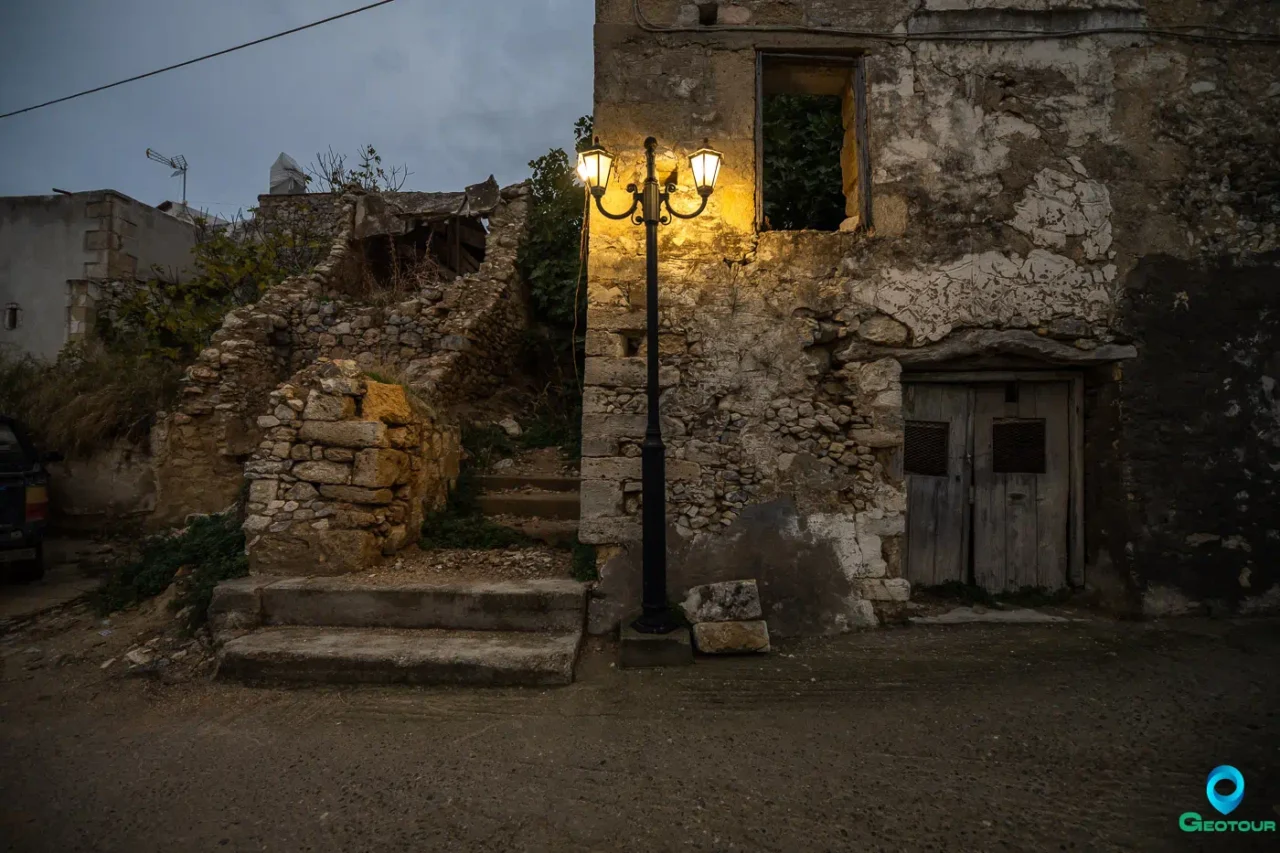
Points of Interest
-
Foscolo Tower:
- Construction Period: Venetian period, with later modifications during the Ottoman era
- Location: Kainourgio Chorio
- Historical Significance: A fortified residence showcasing Venetian and Ottoman architectural influences
- Current Status: Partially ruined, with the upper part destroyed in an earthquake
-
Venetian Wine Presses:
- Construction Period: Venetian period
- Location: Kainourgio Chorio
- Historical Significance: Among the largest wine presses in Crete, indicative of the region’s historical wine production
- Current Status: Well-preserved
-
Wine Museum:
- Construction Period: Originally constructed in 1927, the building was converted into a museum in 2007.
- Location: Kainourgio Chorio
- Historical Significance: Showcases the region’s winemaking heritage with preserved wine production facilities and a collection of wines
- Current Status: Active museum with a cellar and exhibition space
-
Church of Panagia and Agia Paraskevi:
- Construction Period: Likely Venetian or earlier, with frescoes from the Venetian period
- Location: Kainourgio Chorio
- Historical Significance: A two-aisled church with preserved frescoes, formerly the village’s cemetery church
- Current Status: Active church
References
- Katsimpras, K. & Patsoumadakis, E. (2018). Kainourgio Chorio, Heraklion: Regeneration and Habitation in the context of Wine Tourism. (Diploma Thesis). Technical University of Crete, Department of Architectural Engineering, Chania, Greece.
- Wikipedia
Events in Kainourgio Chorio
Access
Kainourgio Chorio is 15.2 kilometers away from the town Arkalochori and 3.9 kilometers away from Episkopi













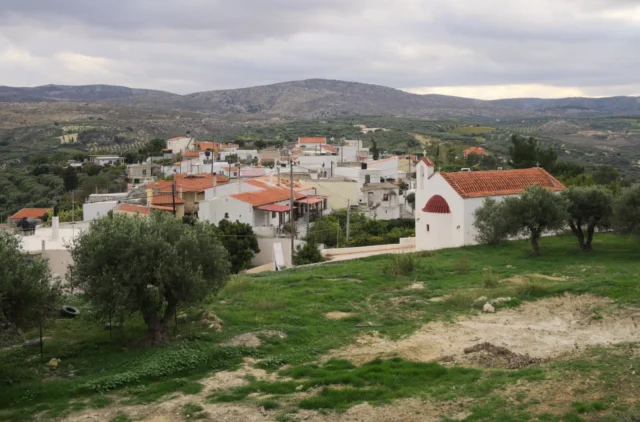

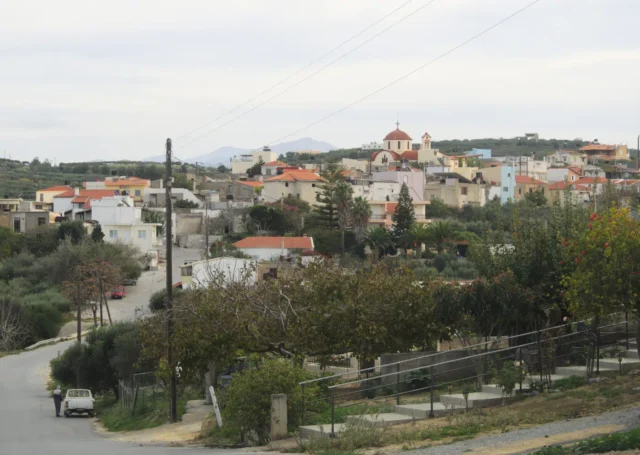

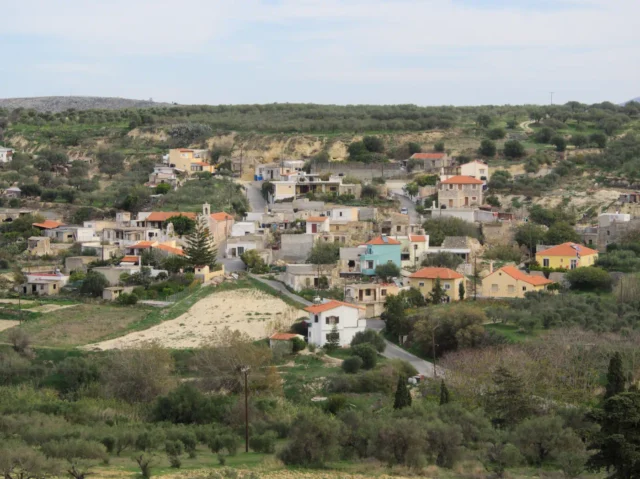

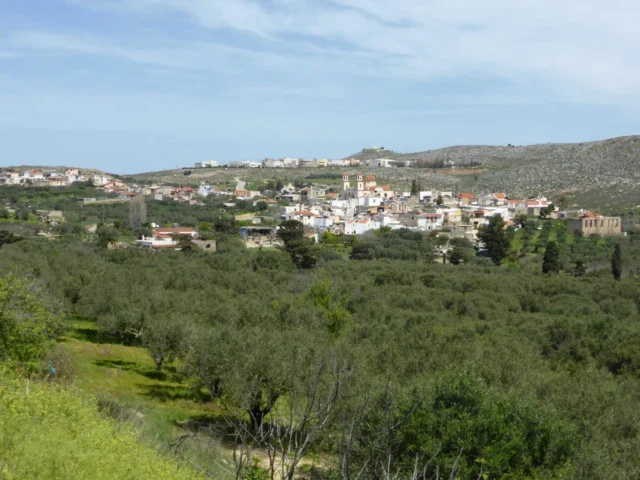



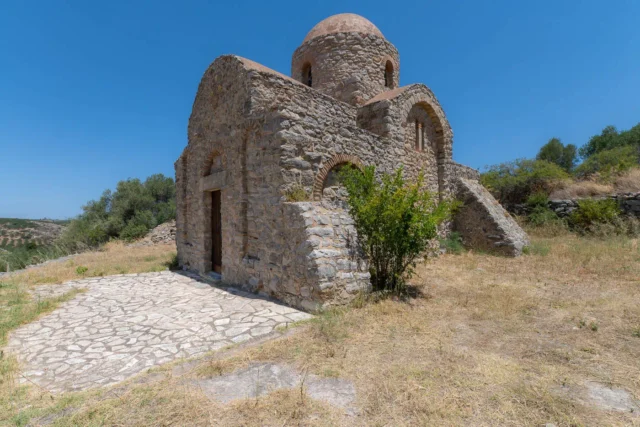
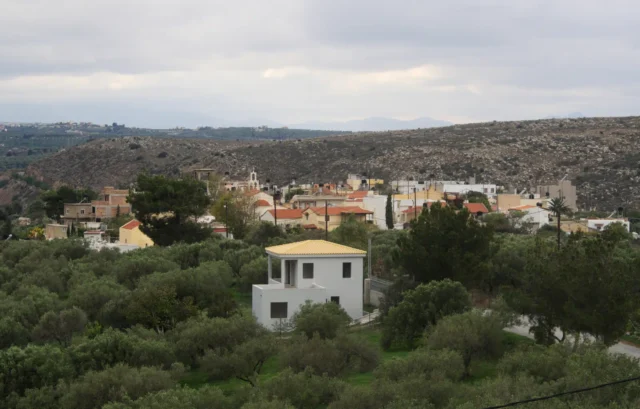

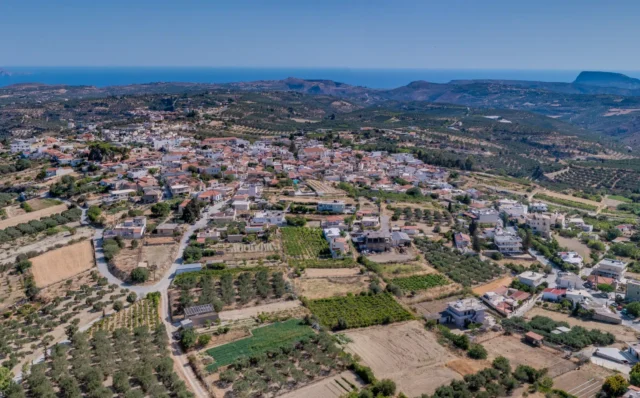
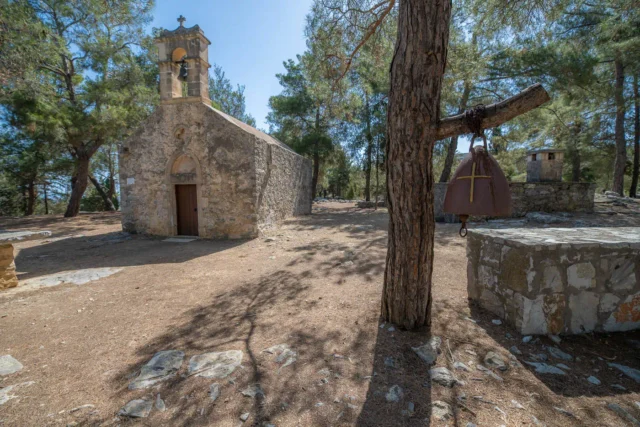
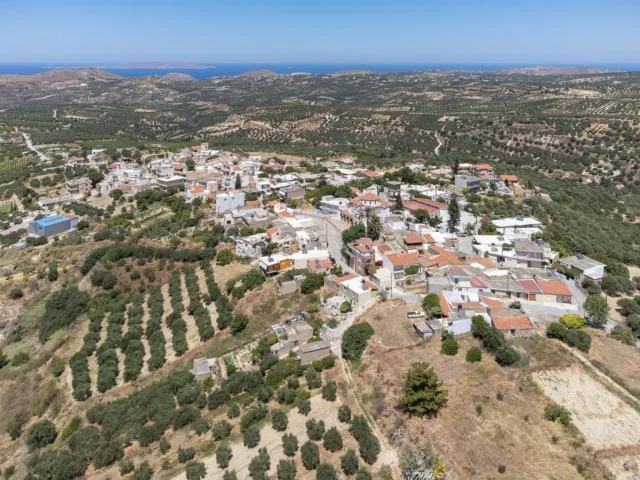
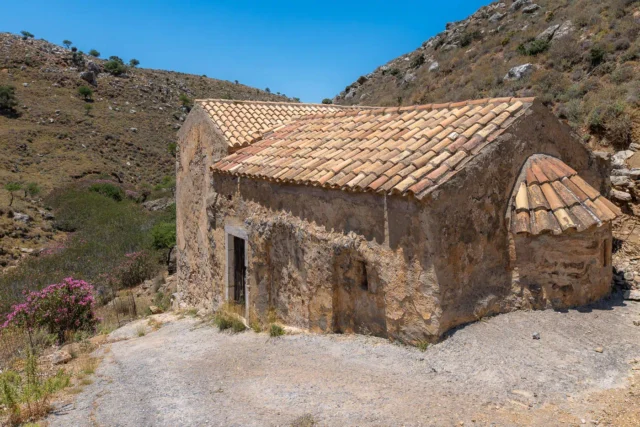
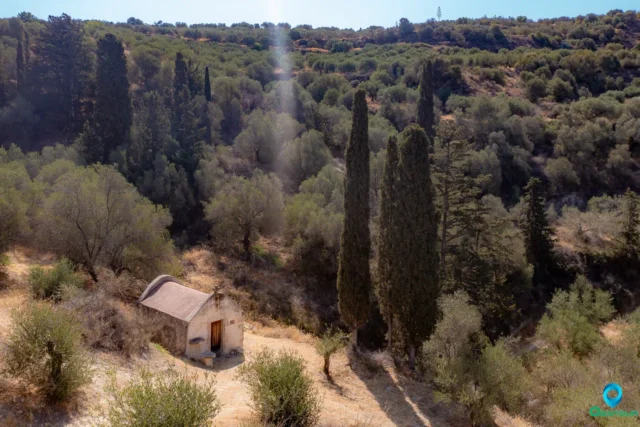
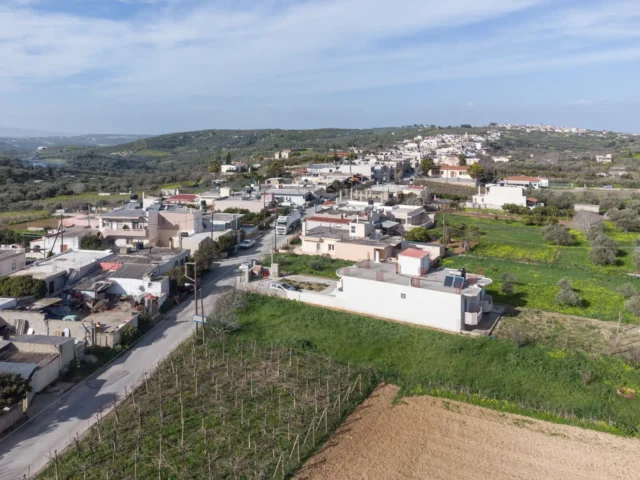

There are no comments yet.